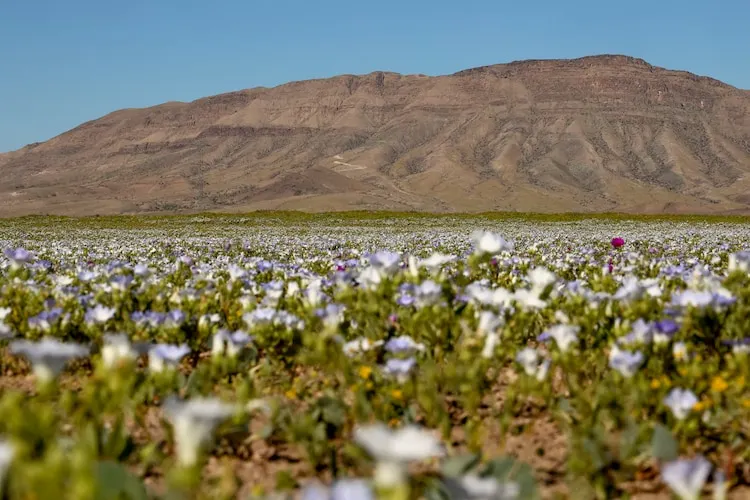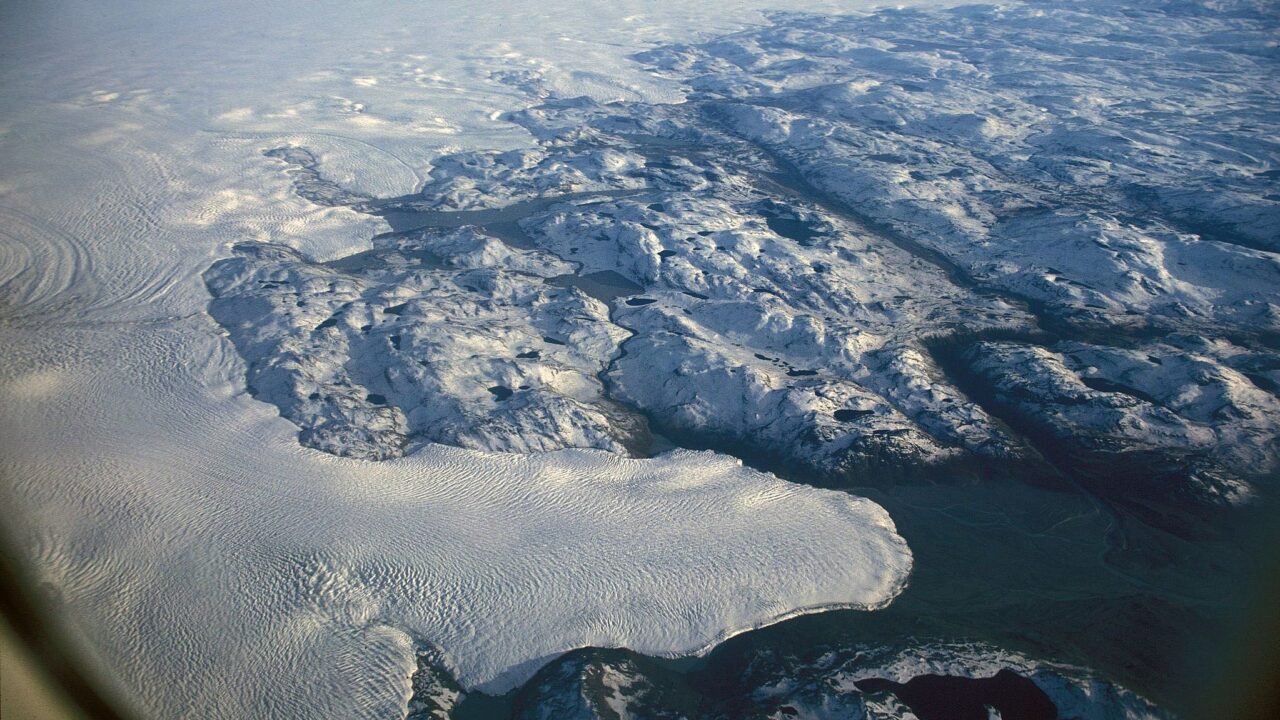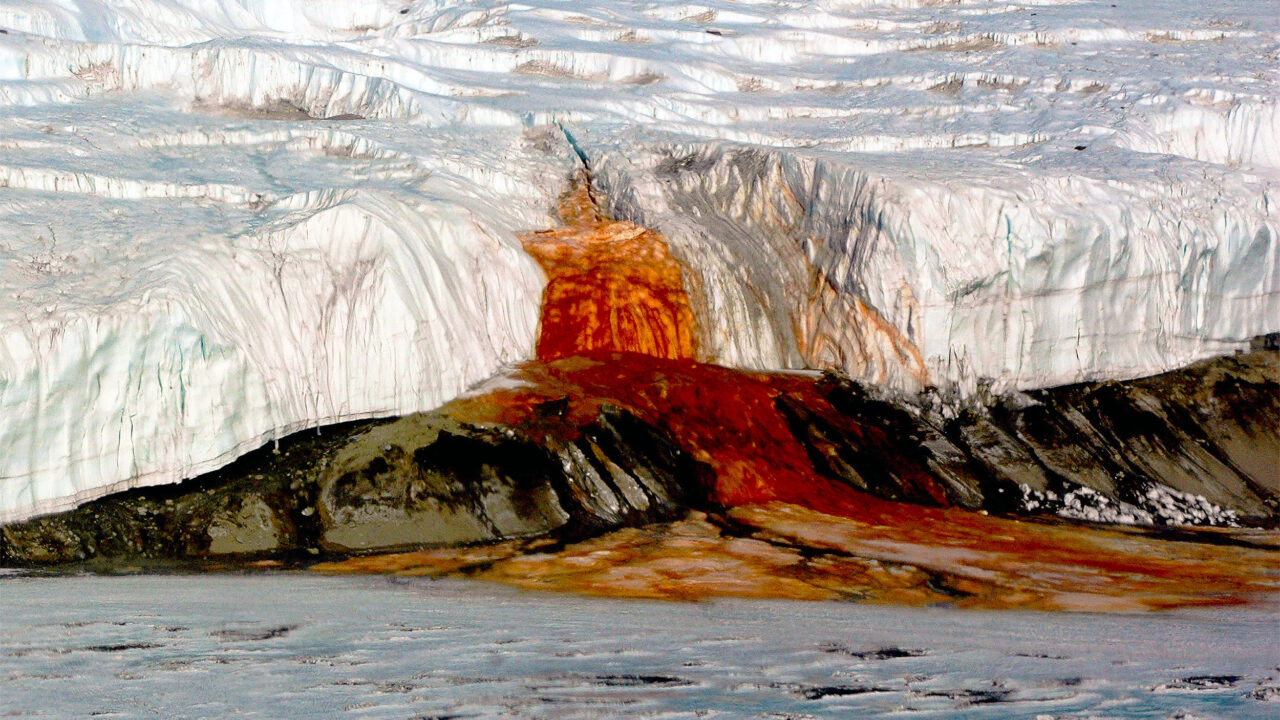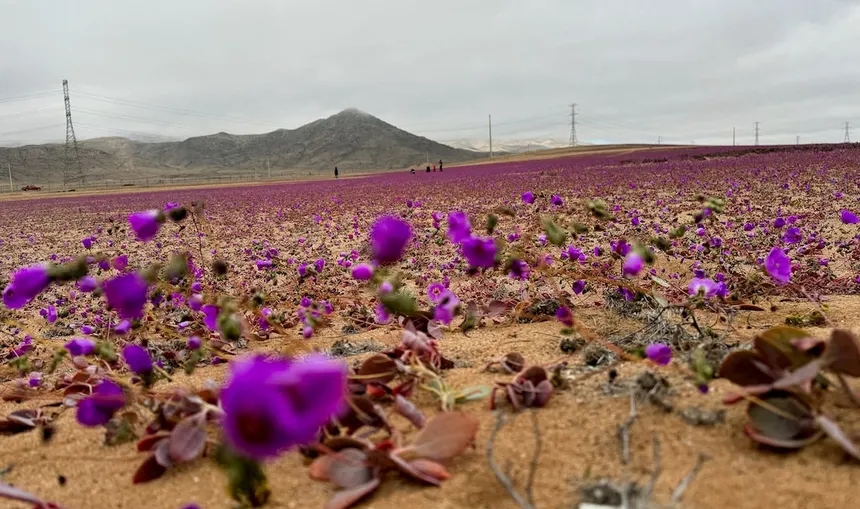What Is the Desert in Bloom
Every few years, Chile’s Atacama Desert, the driest desert in the world, transforms into a breathtaking carpet of colorful flowers. Known locally as the Desierto Florido, this extraordinary event happens when dormant seeds hidden beneath the sand awaken after rare rainfall.
Vast plains that usually look lifeless suddenly burst into pinks, purples, yellows, and whites, creating one of the most beautiful natural spectacles on Earth.
Why the Atacama Desert Blooms
The Atacama typically receives less than 1 cm of rain a year, but during certain climatic events like El Niño, the region experiences unusual rainfall.
This moisture activates a “seed bank” of more than 200 species of wildflowers, including añañucas, malvillas, suspiros, and patas de guanaco.

Once germinated, these plants quickly grow, bloom, and reproduce before the desert returns to its usual dry state a living cycle of resilience and beauty.
When and Where to See the Desert in Bloom
- Best time to visit: September to November (Southern Hemisphere spring)
- Peak bloom: Usually in October, depending on rainfall
- Top viewing spots:
- Llanos de Challe National Park
- Pan de Azúcar National Park
- Vicinity of Copiapó and Vallenar
- Coastal routes along Route 5 between Huasco and Caldera
Each bloom is different. Some years the colors are intense and widespread, while other years are more subtle, depending on how much rain falls.
ALSO SEE : Rainbow Clouds Over the Himalayas
What Makes This Phenomenon Special
- World’s Driest Desert Comes Alive: The Atacama is one of the most inhospitable places on Earth, yet beneath its surface lies an incredible potential for life.
- Endemic Species: Many flowers bloom only here, making this event a hotspot for scientists and photographers.
- Short-Lived Beauty: The full bloom may last only a few weeks, so timing is everything.
- Cultural Importance: For Chileans, the Desierto Florido is a national treasure symbolizing rebirth and balance in nature.
Eco-Tourism and Sustainability
Because the bloom is rare and fragile, conservation is vital. Visitors are encouraged to:
- Stay on marked paths and trails
- Avoid picking or stepping on flowers
- Travel with eco-friendly operators
- Respect local wildlife and communities
Chile’s environmental agencies and local guides work together to preserve the desert ecosystem while allowing people to enjoy this miracle of nature responsibly.
Photography Tips for Visitors
- The golden hour light at sunrise or sunset enhances the colors and textures.
- Use a wide-angle lens to capture vast fields of flowers.
- Include the mountains or desert dunes in the background for contrast.
- Be patient. Conditions change daily, and lighting can make all the difference.
Planning Your Trip
- Nearest city: Copiapó (flight connections from Santiago)
- Getting there: Rent a car or join guided eco-tours that specialize in the Desierto Florido.
- What to bring: Sunscreen, water, camera, hat, comfortable shoes, and respect for the environment.
- Check before traveling: Contact the Chilean tourism board or local weather services to confirm if the bloom is occurring that year.
The Desert in Bloom in Chile is a living reminder that even in the harshest conditions, life finds a way. When the Atacama awakens in color, it becomes one of the most magical places on Earth a fleeting, fragile miracle that every nature lover should witness at least once.
If you dream of seeing a desert covered in flowers, plan your trip to northern Chile and experience the wonder of the Desierto Florido, where the desert truly comes to life.
ALSO SEE : 10 Amazing Facts About Cats You Probably Didn’t Know





